Centennial Timeline
Through this timeline we offer a glimpse into Trinity Episcopal Cathedral’s and Phoenix, Arizona’s, past. This timeline is not a history; rather it provides foundational elements from which to begin a process of interpreting Trinity Episcopal Cathedral and Phoenix, Arizona, history.
In Trinity Cathedral building’s centennial year, we remember first those who preceded us here before 1900. Their presence left indelible imprints that continue to be felt today. Next, we embark on a journey that begins about 1870. This period corresponds roughly with the transition from exploratory to development phase of Trinity Episcopal Cathedral’s presence in a rapidly growing Phoenix and Arizona. Then, beginning with 1900, we explore successive 20-year spans, ending with Beyond 2020.
Please take advantage of the many special centennial events this year and other resources at the Cathedral to learn more. We hope that this chronology helps us reflect over and celebrate our past during our centennial year. We hope also that it helps us consider future direction, informed by a collective understanding of our history together in this place.
Timeline Color Key | Trinity Cathedral (Blue) | City of Phoenix, AZ (Brown)
Before 1900 | 1900-20 | 1920-40 | 1940-60 | 1960-80 | 1980-00 | 2000-20 | 2020-40 & Beyond
Before 1900
500 B.C.
The Hohokam, Mogollon, and Pre-Pueblo, Ancient civilizations that migrated north from Meso-America, settled in what is now Arizona.
1 A.D.
Hohokam farmers settled in what is now metro Phoenix, built a network of irrigation canals, and cultivated fields that fed thousands.
200 A.D.
The Mogollon people settled into a region that included the mountainous Uplands of central Arizona.
1100 A.D.
Nomadic groups such as the Apache and Navajo entered and settled in northern Arizona.
Mid-1100s
One of the largest known droughts in Southwest history happened.
1300
Some 80,000 Hohokam lived in the Phoenix and Tucson basins, the highest population density in the ancient Southwest.
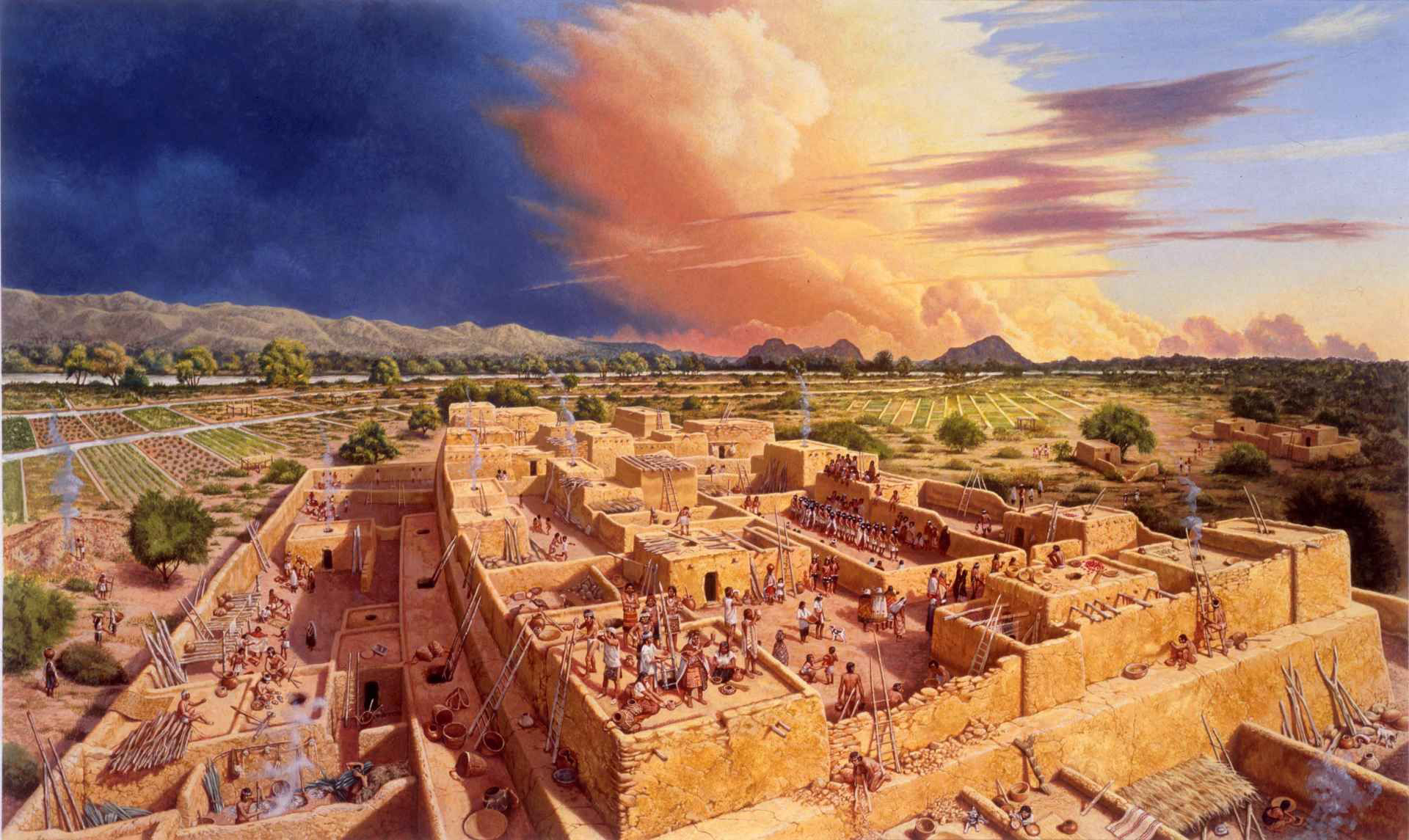
1450
The Hohokam civilization gave rise to modern day O’odham cultures, possibly due to overpopulation and drought.
1521
European colonization began with the Spanish Entrada, where Spaniards relocated to the northern edges of New Spain.
1531
Italian missionary and Franciscan friar, Marcos De Niza was the first European to explore what is now Arizona.
1700
Spanish Jesuit missionary Eusebio Francisco Kino established missions in southern Arizona and mapped the Gila and Salt River territories.
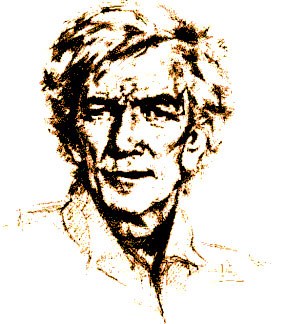
1810
México declared Independence from Spain. Mexican territory included much of the desert Southwest, including all of Arizona.
1848
The Mexican American War ended. Mexico ceded northern territory to the United States under the Treaty of Guadalupe Hidalgo. The Navajo homeland and what is now Arizona were part of this land.
1859
The House of Bishops created Missionary District of the Northwest, a 900,000 square mile area north of the New Mexico Territory border and west of the Mississippi River.
1859
Bishop Joseph Cruikshank Talbot was consecrated as Missionary Bishop of the Northwest
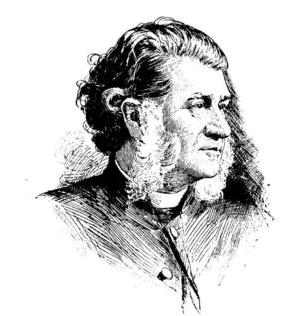
1863
The Arizona Territory was established.
1864
Nevada became a state.
1865
The Missionary Bishopric of Nevada with jurisdiction in Arizona was created.
1867
Jack Swilling and a party settled along the lower Salt River around what is now 32nd Street and Van Buren.
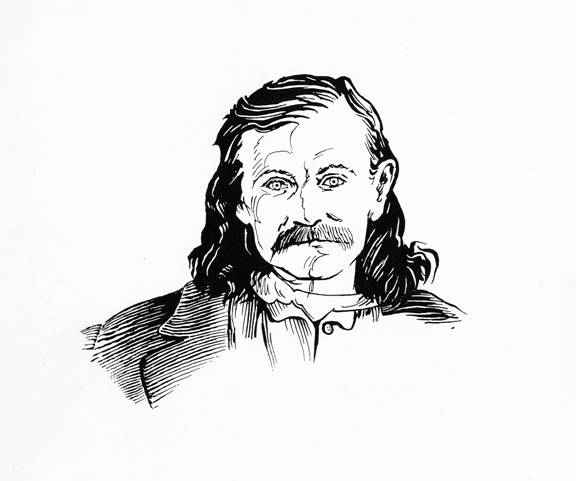
1867
U.S. Congress transferred most of Arizona Territory’s land west of the Colorado River to Nevada.
1868, May 4
Phoenix was officially recognized as a city by the Board of Supervisors of Yavapai County, which at that point contained Phoenix.
1868
The Salt River overflowed its banks for the first of many times during Phoenix’s settlement.
1869
Ozi William Whitaker began five-years as Missionary Bishop of Arizona and Nevada. He made his first Visitations in Arizona in 1873.
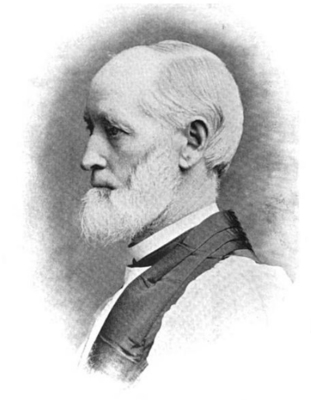
1870, October 20
Phoenix’ town site was selected. It was in present-day downtown Phoenix, about 3 miles west of the original settlement.
1871
The town site of Phoenix was surveyed, and lots platted. The townsite was bounded by Van Buren on the north, Harrison on the south, and Seventh Street and Seventh Avenue, on the east and west, respectively.
1871 February 12
Maricopa County was broken out of Yavapai County. Phoenix becomes the county seat.
1872
Phoenix’ first Chinese settlers arrived.
1873
A Methodist mission was organized in Phoenix.
1874
The Salt River overflowed its banks.
1874
William Forbes Adams was appointed Missionary Bishop over the newly constituted Arizona and New Mexico Missionary District. In his 2 years in office, he never ventured any farther west than Santa Fe.
1875
The Salt River overflowed its banks.
1877
John Franklin Spalding, Missionary Bishop Adams’ successor, was appointed Missionary Bishop of Colorado with jurisdiction over Wyoming, New Mexico, and Arizona.
1878
The Grand Canal was completed.
1879
The Southern Pacific railroad reached Maricopa.
1879
A Presbyterian mission was organized in Phoenix.
1880
The Salt River overflowed its banks.
1880
There are 110 Chinese in Phoenix, 4.6% of the population.
1880
George Kelly Dunlop was appointed Missionary Bishop of Arizona.
1881
The Salt River overflowed its banks.
1881
The Mexican American community built the first Catholic church in Phoenix, St. Mary’s, on Monroe and Fourth Streets.
1883
Phoenix First Baptist Church is founded.
1884
Completion of the transcontinental railroad through Arizona contributed to the Phoenix’ expansion.
1885
The Arizona Canal was completed.
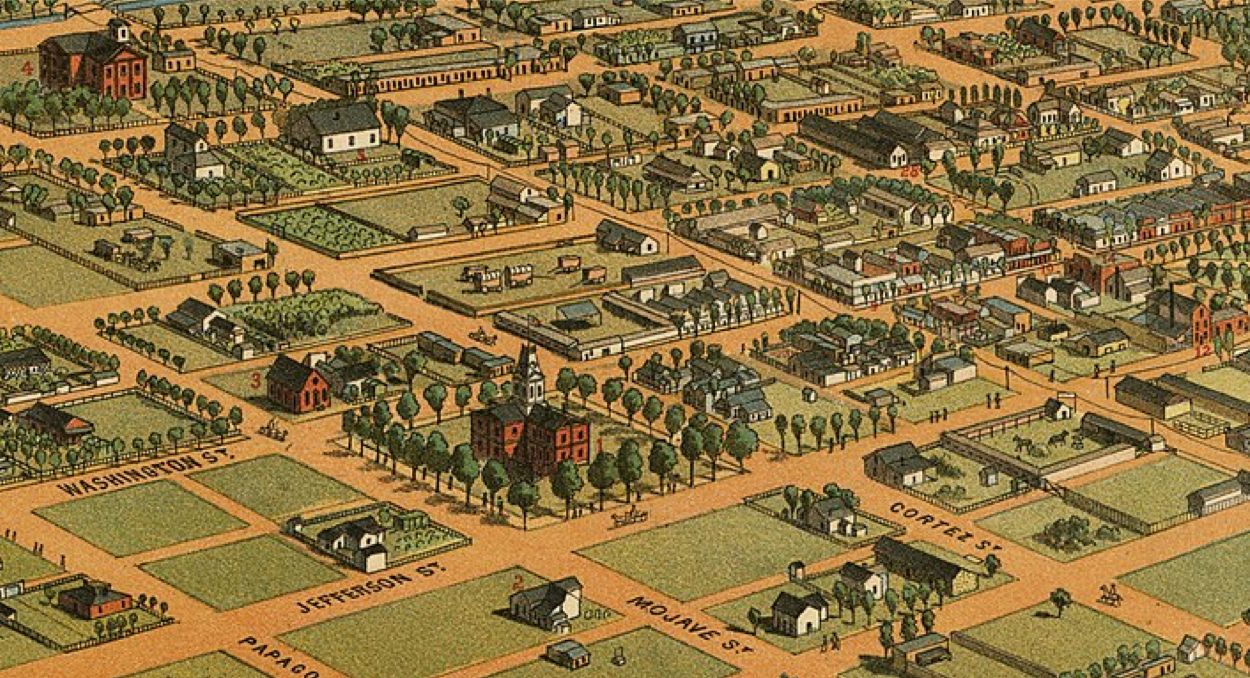
1885
A young priest from Illinois, Rev. J. W., Haskins began a series of visits in Phoenix with friends from Illinois. He held Sunday services in a small Baptist Church at Jefferson Street and 2nd Avenue. Out of these services came a group of local business and professional men, who, led by Dr. George H Mitchell, served as Lay Readers and held services in the Knights of Pythias Hall on East Washington Street. One of those men was a charismatic Baptist evangelist, Dr. Robert W. Pearson. He preached dynamic sermons and helped the small Trinity congregation grow through his leadership. Bishop Dunlop was impressed by Dr. Pearson’s leadership. He set Dr. Peterson aside as a candidate for Holy Orders, giving him the authority of Vicar for Trinity.
1886
Under Dr. Pearson’s leadership the congregation expanded to include a Women’s Auxiliary, a Daughters of the King chapter, a Sunday School, and a guild of younger women, under the leadership of Mrs. Jerome Hollenbeck, called “The Busy Bees”. Dr. Pearson found two lots that would be a good site for the church he wanted to build. He showed these plans to Bishop Dunlop.
1887
Train service to Phoenix was completed, which drew large numbers of European immigrants to Phoenix from the eastern United States. Consequently, the city’s Mexican population declined proportionately to the total population.
1886
An African Methodist Episcopal mission, later to become the Tanner Chapel African Methodist Episcopal Church, was organized in Phoenix.
1887
Missionary Bishop Dunlop purchased the two lots on the Southwest corner of Washington Street and 2nd Avenue, directly across the street from the Courthouse, for $750.00. The District contributed the first $200.00; the congregation contributed the rest.
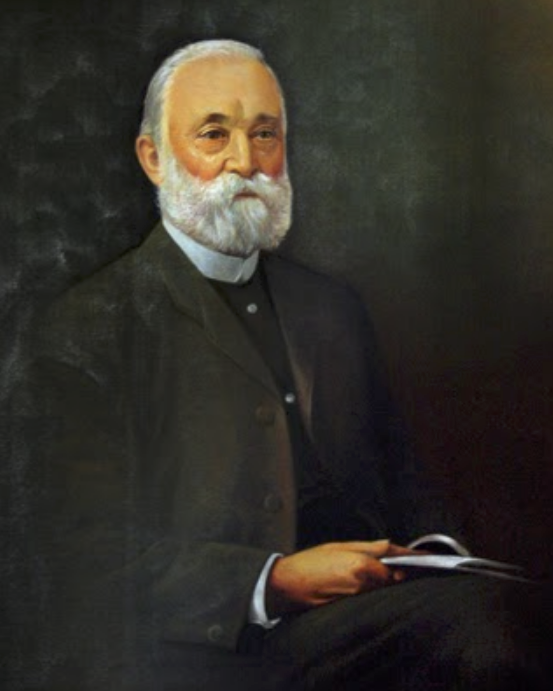
1888
Shortly after giving Dr. Pearson permission to start construction, sadly, Missionary Bishop Dunlop died.
1889
“The Busy Bees” raised enough money to purchase one of the first stained glass windows in the Territory. It was a representation of “The Good Shepherd” and was given in memory of Bishop Dunlop. The window is now in St. Mark’s. Mesa.
1889
John Mills Kendrick was appointed the next Missionary Bishop over Arizona and New Mexico. On February 14, 1889, he ordained Dr. Pearson as Deacon and on April 29 as Priest.
1889
Dr. Pearson’s evangelical dedication put Trinity on the map of Phoenix. He also conducted mission work toward establishment of Grace Episcopal Church in Tucson. He devoted himself fully to ministry until his death in September of 1890.
1889, January, Epiphany Sunday
Trinity Church Mission’s congregation celebrated their first service in a newly built Gothic Revival brick church, which cost $5,500, and with a new organ, costing an additional $1,200, all locally funded. Thus the birth of “Music at Trinity”. By the end of the year, an additional $1,700 was raised for construction of a new Guild Hall.
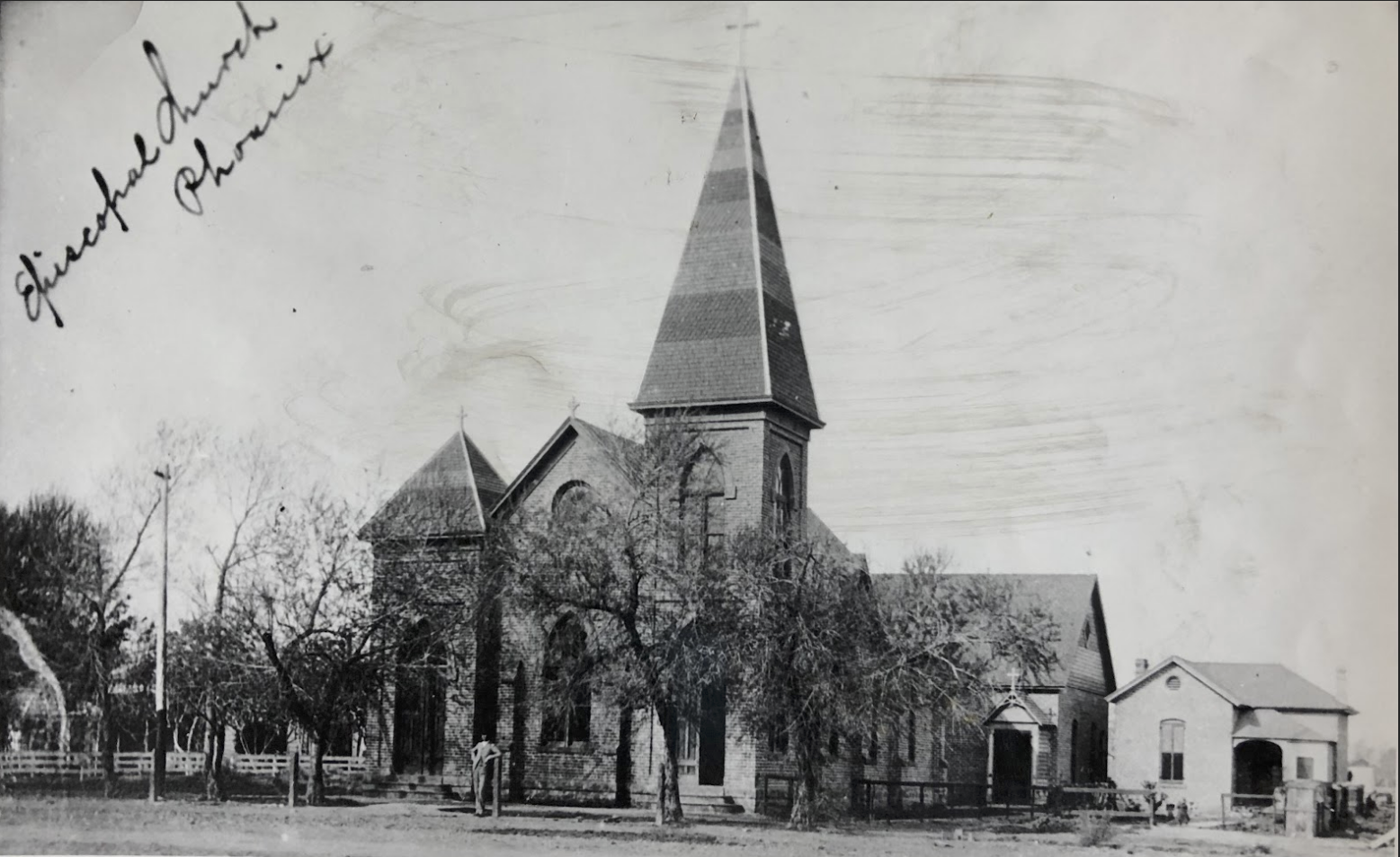
1889
The Capital of Arizona Territory moved to Phoenix from Prescott.
1890
Missionary Bishop Kendrick appointed himself Rector of Trinity and served as Bishop and Rector until 1897. Despite the loss of Dr. Pearson, the Trinity Mission quickly recovered its energy and grew by leaps and bounds.
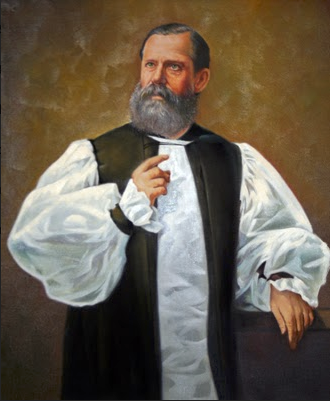
1891
In February the Salt River overflowed its banks, forcing the evacuation of families to higher ground. Floodwaters came as far north as Jackson Street and as far west as 1st Avenue. People left the southern area of the city and its outlying areas and moved to higher ground north of the city along Central Avenue, westward along Washington Street, and near the Grand Avenue diagonal. This movement was a major impetus to the development of the Roosevelt neighborhood.
1891
A motion to consider statehood at an Arizona territorial convention failed.
1892
The General Convention of the Episcopal Church abolished the Missionary District of Arizona and New Mexico and established a separate Missionary District for each Territory. Instead of appointing a separate bishop for each district, Bishop Kendrick continued as the Missionary Bishop for both.
1893
The Arizona Territory passed a law allowing cities, including Phoenix, to annex land surrounding them, if their inhabitants permitted it.
1894
The Episcopal Church established a medical mission on the Navajo Nation in Ft. Defiance.
1895
Sisters of Mercy Hospital (now St. Joseph’s Hospital and Medical Center) opens in Phoenix.
1897
The Good Shepherd Hospital was opened in Fort Defiance. Miss Eliza W. Thackaray was its first director among the Navajo people.
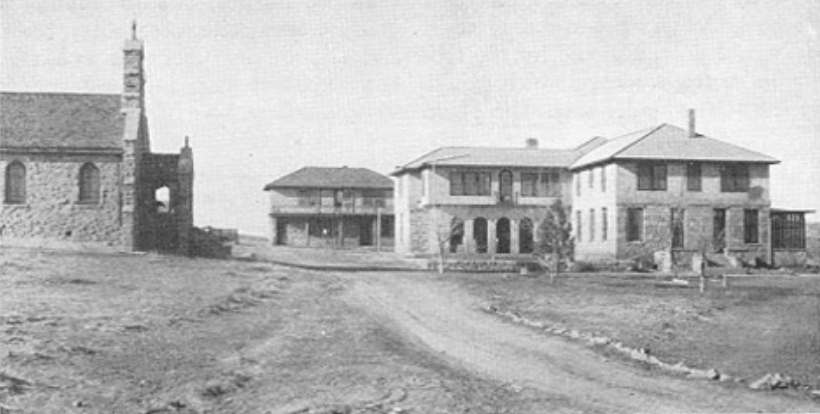
1897
Bishop Kendrick appointed Edwin Anderson Penick to be Minister- in- Charge of Trinity. Rev. Penick enjoyed continued growth in all facets of Trinity’s life. That growth stimulated the acquisition of several lots on North Central for a larger church facility. When Penick moved on in 1906 he was so well respected that one member of the congregation wrote: “He was so human, and we all loved him. He used to scold us from the pulpit, but we deserved it!”

